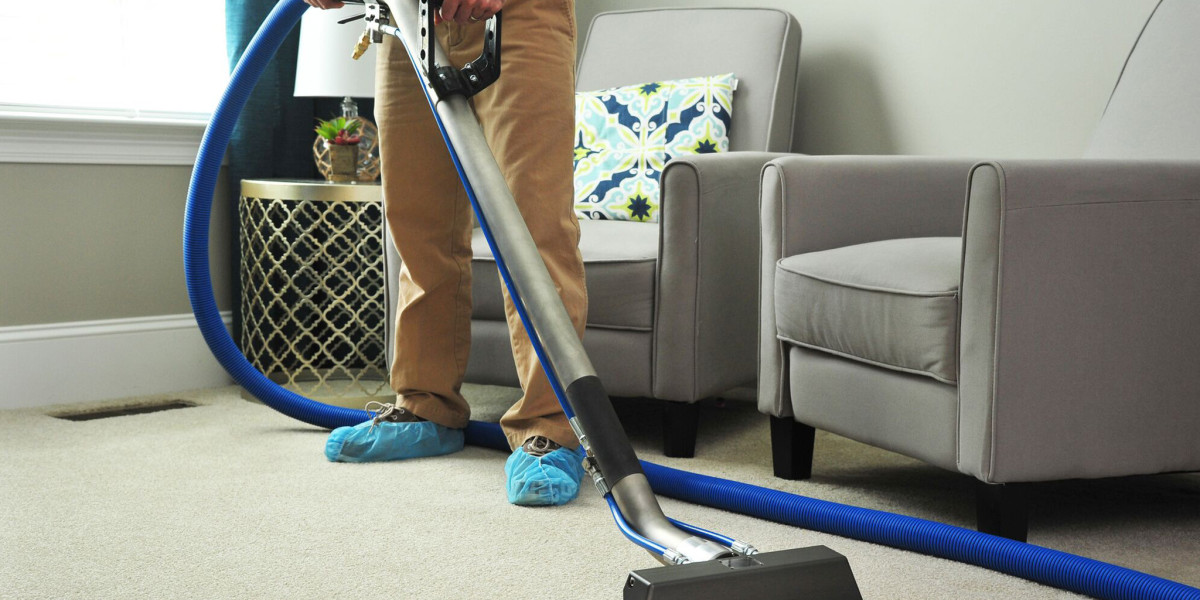When it comes to choosing the best pet food for your feline companion, there are several options available on the market. Among them, wet cat food stands out as one of the most popular choices due to its numerous benefits. Offering a range of textures, flavors, and formulations, wet cat food is not just delicious but also provides essential nutrients to keep your cat healthy. In this blog, we’ll explore why wet cat food is an excellent choice, the various benefits it provides, and how it can improve your cat’s overall well-being.
What is Wet Cat Food?
Wet cat food, often referred to as canned cat food, is a type of pet food that has a high moisture content, usually ranging from 70% to 80%. This high moisture content is one of the primary reasons why wet food is so beneficial for cats, particularly when compared to dry kibble. Wet cat food comes in cans, pouches, or tubs, and it’s available in various flavors, including fish, poultry, and beef.
Key Benefits of Wet Cat Food
1. Hydration and Moisture Intake
Cats are notoriously bad at drinking water. Many felines struggle to consume enough water on a daily basis, which can lead to dehydration and urinary tract issues. Wet cat food’s high moisture content helps ensure your cat stays hydrated, which is essential for their kidney, urinary tract, and digestive health. Cats that eat only dry food may not be getting enough water, so adding wet food to their diet can solve this problem.
2. Improved Digestive Health
The added moisture in wet cat food can also benefit your cat’s digestion. Wet food can make digestion easier and reduce the likelihood of constipation, which can be a concern with dry food alone. The soft texture of wet food is easier for cats to chew and digest, allowing them to get more nutrients from their meal.
3. Enhanced Palatability and Taste
Wet cat food is often more flavorful and aromatic than dry kibble, making it an excellent option for picky eaters or cats with reduced appetites. The strong smell of wet food is often irresistible to cats, ensuring that they enjoy their meals and are more likely to eat the recommended portions.
4. Weight Management Support
For overweight cats, wet food can be a great tool to help manage their weight. Wet cat food is typically lower in carbohydrates and calories compared to dry food, and its higher moisture content helps to fill your cat up faster, making them feel more satisfied with smaller portions. It’s also easier to control the exact amount of calories your cat is consuming when you serve wet food.
5. Better for Older Cats or Cats with Dental Issues
For senior cats or those with dental problems, chewing dry kibble can be painful. Wet food is softer and easier to chew, making it a much better option for cats that have dental issues or missing teeth. It’s also an excellent choice for kittens that are still developing their teeth and learning how to eat solid food.
How to Choose the Right Wet Cat Food
When choosing wet cat food for your pet, it’s important to keep a few key factors in mind to ensure you’re selecting the best option for your cat’s needs:
1. Look for High-Quality Protein Sources
Cats are obligate carnivores, which means they require a high-protein diet. Look for wet food options that list animal-based proteins such as chicken, beef, turkey, or fish as the first ingredient. Avoid foods that contain fillers like soy, wheat, or corn, as these offer little nutritional value to your cat.
2. Check for Balanced Nutrients
A good wet cat food should be nutritionally balanced, providing the right amounts of protein, fats, carbohydrates, vitamins, and minerals. Ensure the food is formulated to meet the nutritional standards set by the Association of American Feed Control Officials (AAFCO) to ensure it supports your cat’s health.
3. Consider Your Cat’s Age and Health Needs
Kittens, adult cats, and senior cats all have different nutritional needs. Choose a wet cat food that is specifically formulated for your cat’s life stage and health condition. For example, kittens require more calories and protein to support growth, while older cats may benefit from food that supports joint health or reduces the risk of kidney disease.
4. Grain-Free vs. Grain-Inclusive
Some wet cat foods are grain-free, while others contain grains such as rice or barley. Grain-free diets are often preferred by cats with sensitivities or allergies to grains, but they may not be necessary for all cats. If your cat has no known allergies, a grain-inclusive wet food can provide additional fiber to support digestion.
Wet Cat Food Serving Tips and Considerations
1. Portion Control
It’s easy to overfeed your cat when using wet food, as the portions tend to be smaller compared to dry food. Always follow the feeding guidelines on the packaging and measure your cat’s food to ensure you’re providing the right amount of nutrition. Wet food is also great for mixing with dry kibble if you want to offer variety while still controlling portions.
2. Store Properly
Once opened, wet cat food should be refrigerated and used within a few days to maintain freshness. If you have leftovers, cover the can or pouch tightly to prevent it from drying out or absorbing odors from the fridge.
3. Transitioning Your Cat to Wet Food
If you’re switching your cat from dry food to wet food, it’s important to make the transition gradually. Sudden changes in diet can cause stomach upset. Start by mixing a small amount of wet food with your cat’s dry food and gradually increase the proportion of wet food over the course of a week.
Wet Cat Food FAQs
1. Can Wet Cat Food Be Used as a Complete Diet?
Yes, wet cat food can provide a complete and balanced diet for your cat, as long as it is formulated to meet AAFCO standards. However, you can also combine wet food with dry food if your cat prefers both.
2. How Often Should I Feed My Cat Wet Food?
The frequency of feeding depends on your cat’s age, weight, and activity level. Most adult cats do well with two meals of wet food per day, but kittens and senior cats may require more frequent feeding. Consult your veterinarian for specific feeding recommendations based on your cat's needs.
3. Is Wet Cat Food Better Than Dry Food?
Both wet and dry cat food have their pros and cons. Wet cat food offers higher moisture content, which helps with hydration and digestion, while dry food is more convenient and can help with dental health. The best option depends on your cat’s individual needs and preferences.
4. Can I Feed My Cat Only Wet Food?
Yes, you can feed your cat a diet of only wet food, provided it’s nutritionally balanced and suitable for your cat’s specific life stage. Some cats do best on a wet food-only diet, especially those with urinary tract issues or dental problems.
Conclusion (For internal use only)
By offering the right blend of wet food, you can enhance your cat’s health, provide a more enjoyable eating experience, and ensure they’re getting the nutrition they need. It’s essential to prioritize high-quality ingredients and consult your vet about your cat's dietary needs to maintain their well-being.







